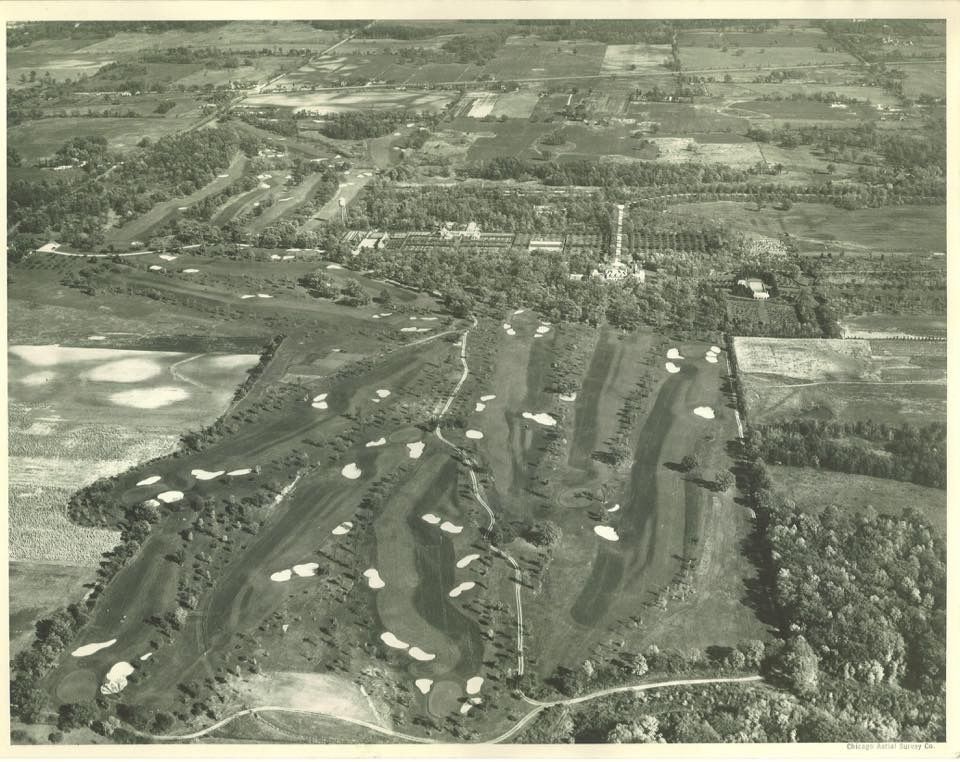Mill Road Farm Golf Club: Tough Stuff
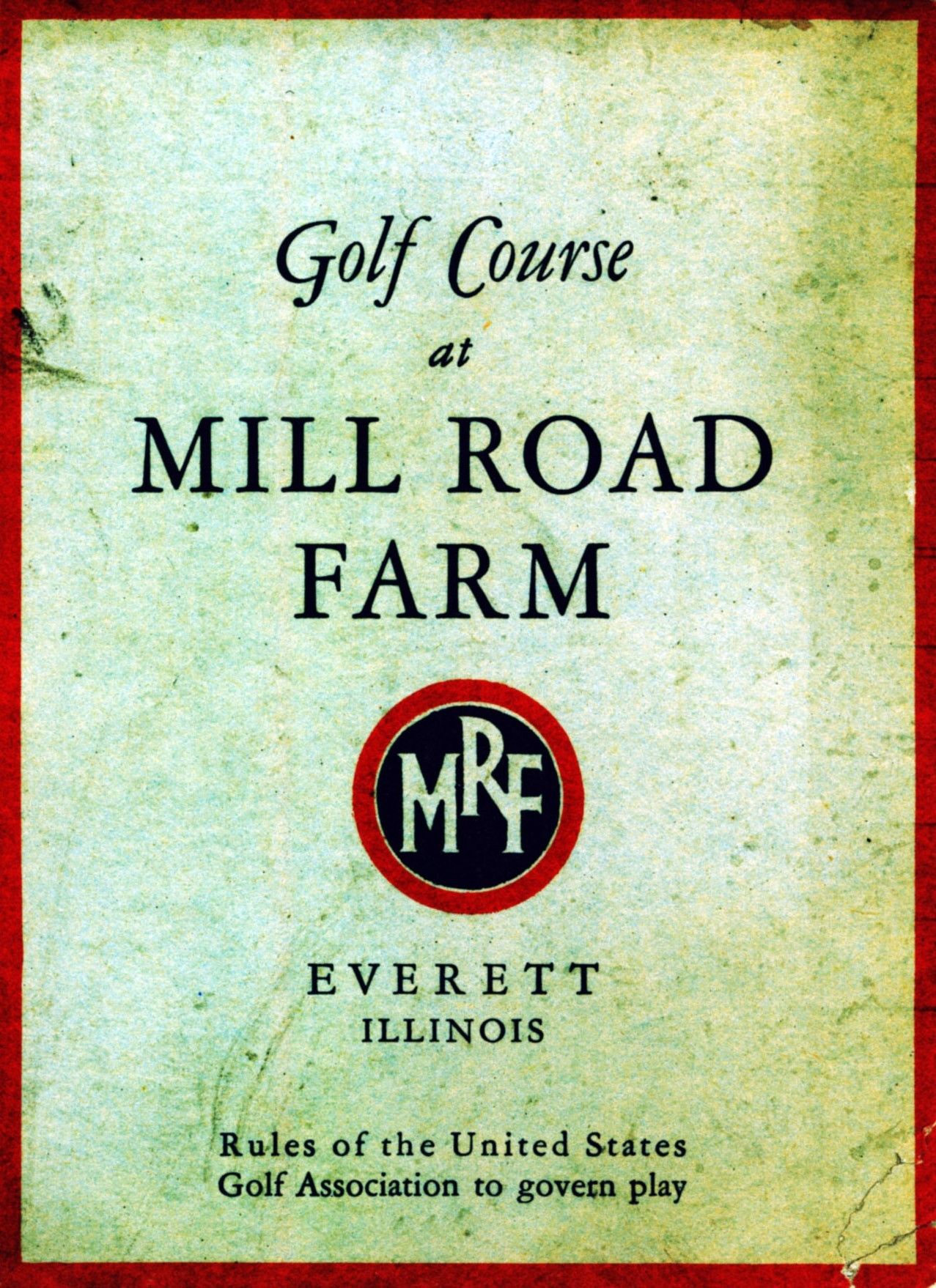
In 1925, noted golf architect William Flynn designed a course for Albert Lasker’s new estate, Mill Road Farm, that looms large in the lore of Chicago golf. Its difficulty was legendary. Length ranged between 6,557 and 7,100 yards, with several killer par 4’s. At 76.32, its rating exceeded all area courses.
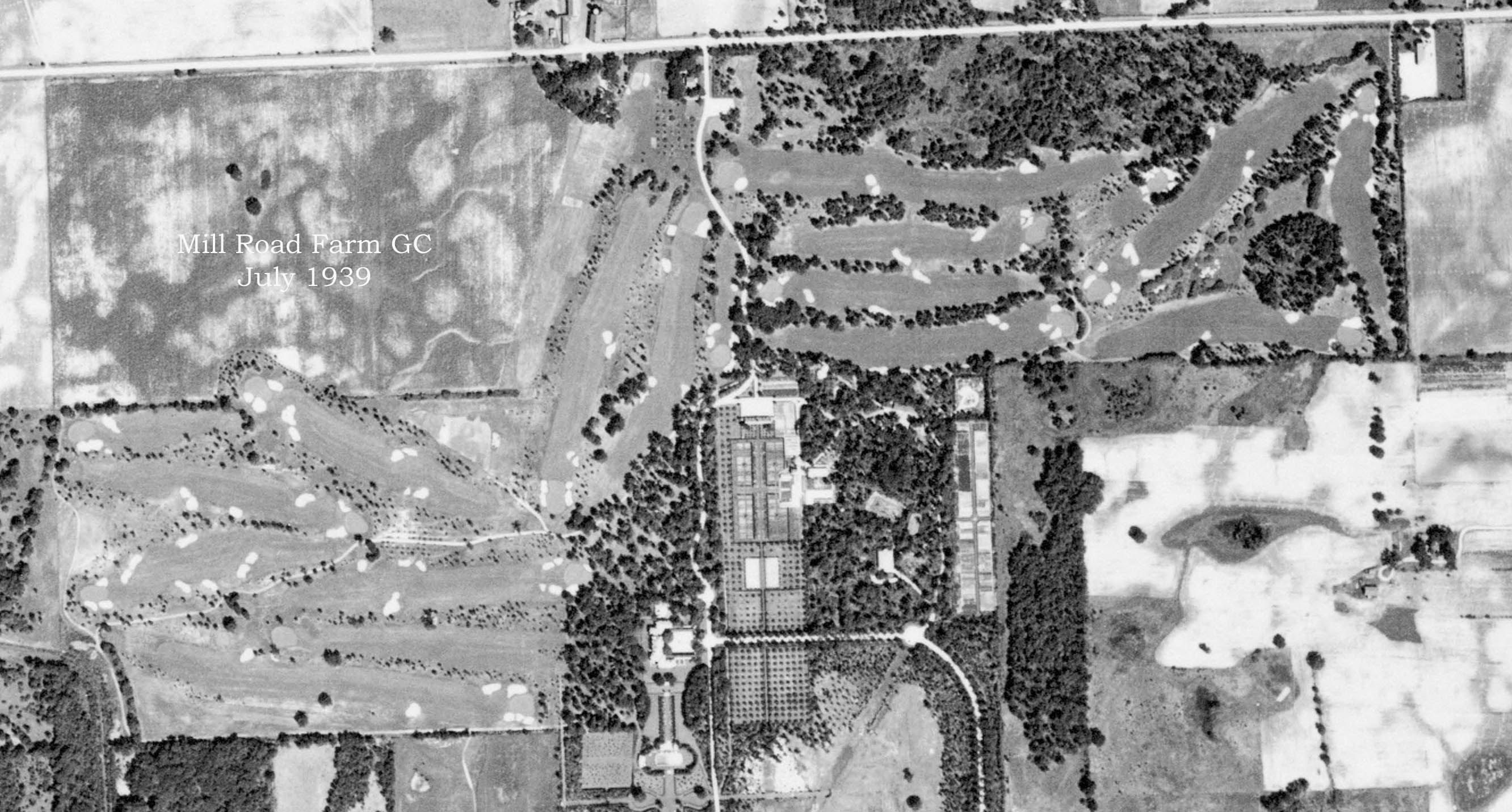
Few golfers even approached par, which for a time was listed at 70. Over 110 bunkers dotted its greens and fairways, with trees encroaching on every hole. On the ninth, golfers faced an excruciating tee shot with a window through the woods of less than 20 yards. Its price tag for design and construction ran over $1 million. In 1939, National Golf Review ranked it 23rd out of the top 100 courses in the world.

The mystery surrounding Mill Road Farm only mounts due to its exclusivity and short history. Played on by invitation only, during the summer the links were sprinkled with celebrities, golf and otherwise: Johnny Farrell, Gene Sarazen, Bobby Jones, Tommy Armour, Gene Tunney, Bob Hope, Bing Crosby, and Vice President Charles Curtis all fought the bunkers at Mill Road Farm on one occasion or another.
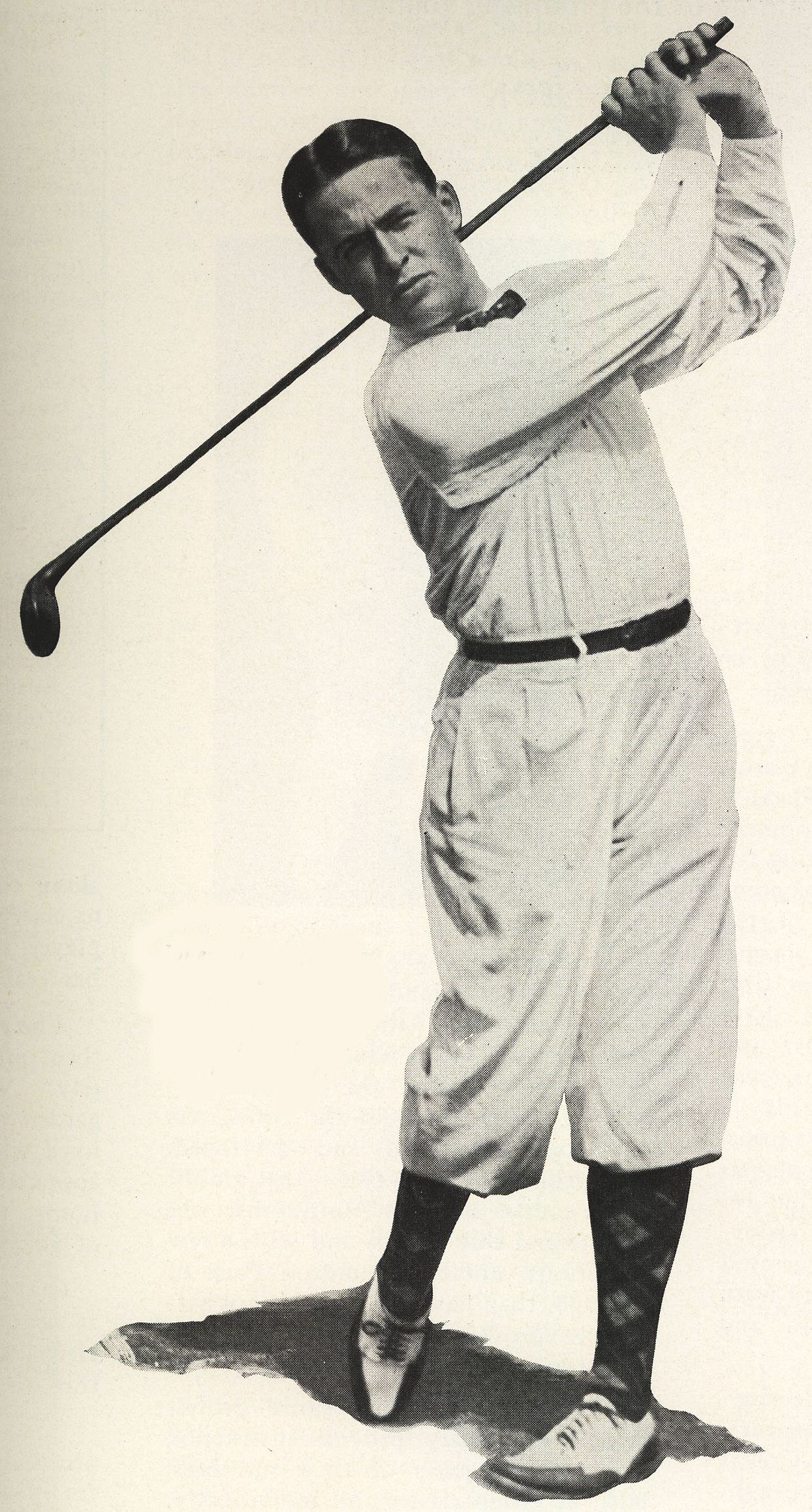
Bobby Jones and Tommy Armour were two of the biggest names in golf in the 1920s and 1930s, and both played at Mill Road Farm. Bobby Jones is best known for his 1930 “Grand Slam,” when he captured the four major tournaments of his era, the U.S. and British Amateurs and Opens, in the same year – a feat that hasn’t been equaled since. Jones called Mill Road Farm one of the top three courses in the country, possibly because he was never able to shoot under par! But few were. Albert Lasker even offered a standing $500 bet that no visitor to his golf club could break par. (This was at a time when the winner of the U.S. Open received about $1,000.) Lasker’s instincts for a worthy risk proved sharp. He didn’t have to pay up until 1934, seven years after his course opened. It was Tommy Armour, the Scottish-American professional and winner of the P.G.A. Championship, U.S. Open, and British Open, who finally took the prize by shooting a 69 to break par by one stroke. Armour’s lucrative round wound down slowly, as he approached the 18th with Lasker’s wager within reach: he took 40 minutes to manage a par 5 and card his 69.
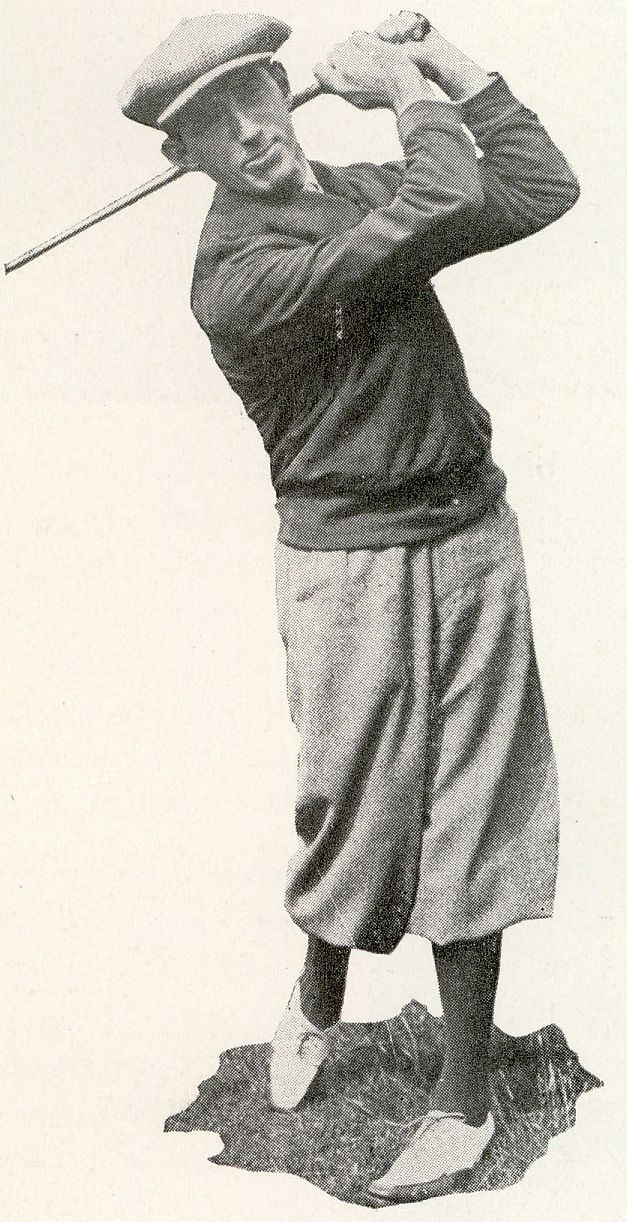
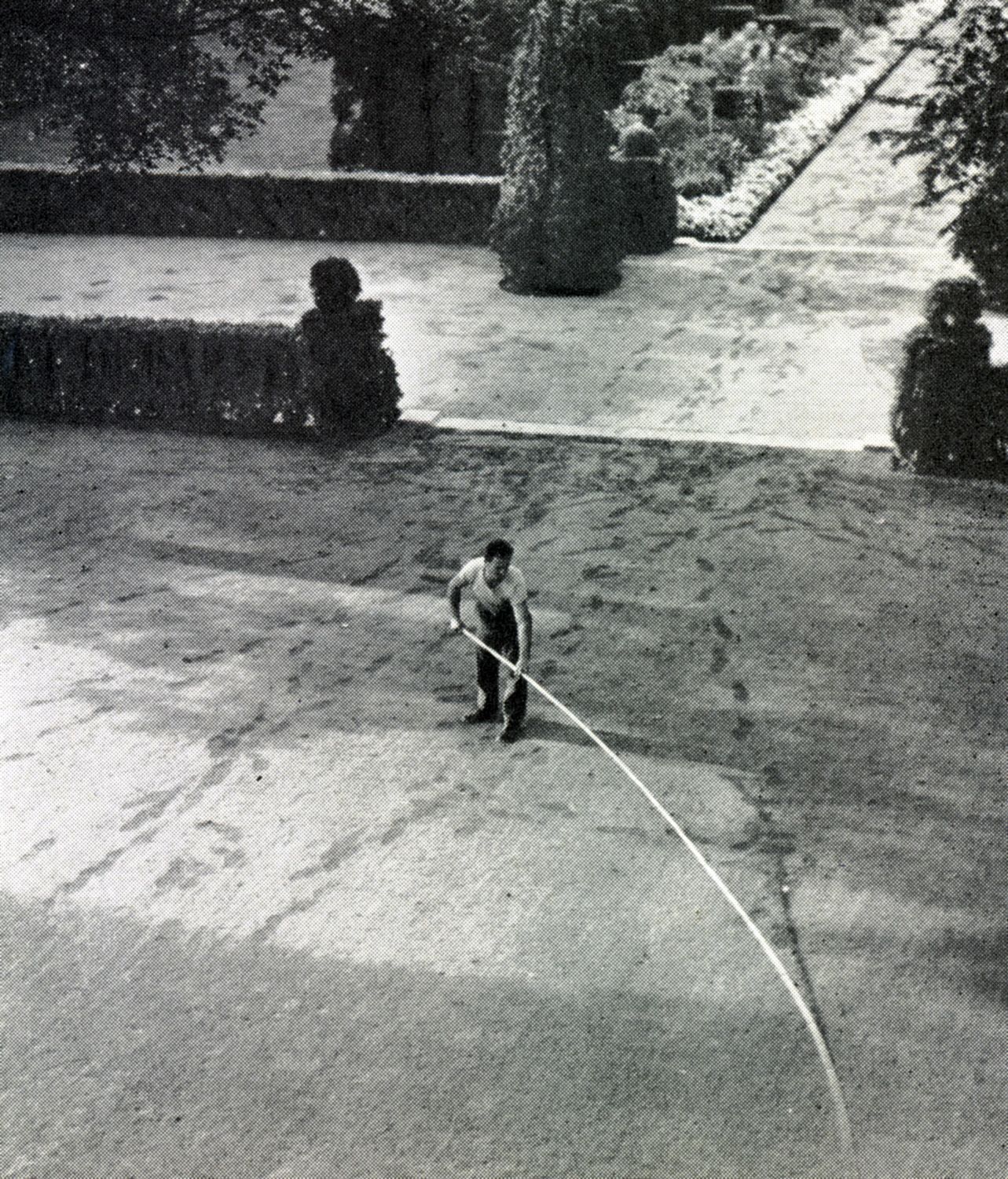
During the golfing season at Mill Road Farm, one man swept the dew off the lawn and greens every morning with a bamboo pole. Lasker and his course superintendent Cyril Tregillus put a lot of effort into those greens as well, experimenting with different varieties of turfgrass. Tregillus even ran a laboratory in conjunction with the USGA Green Section.
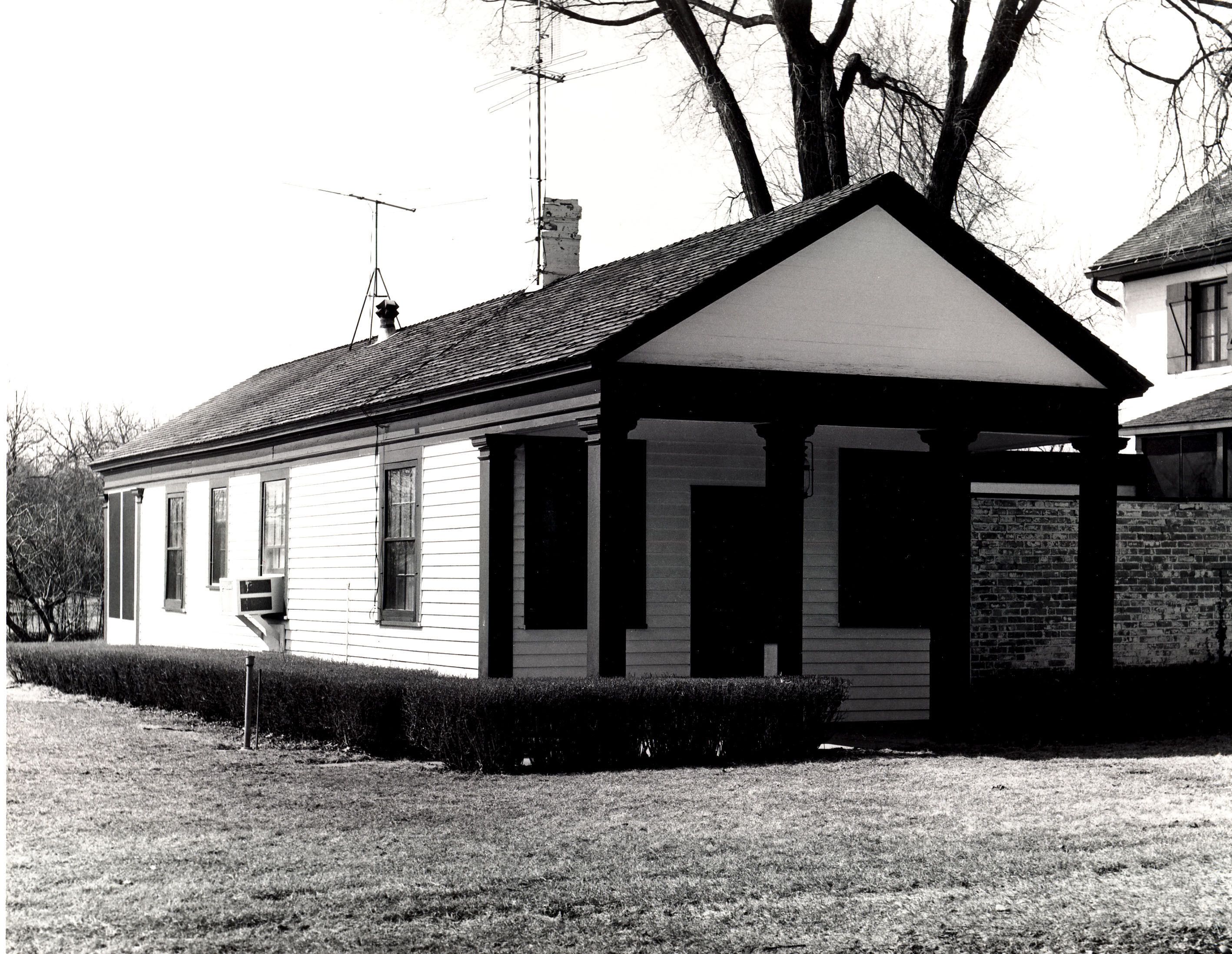
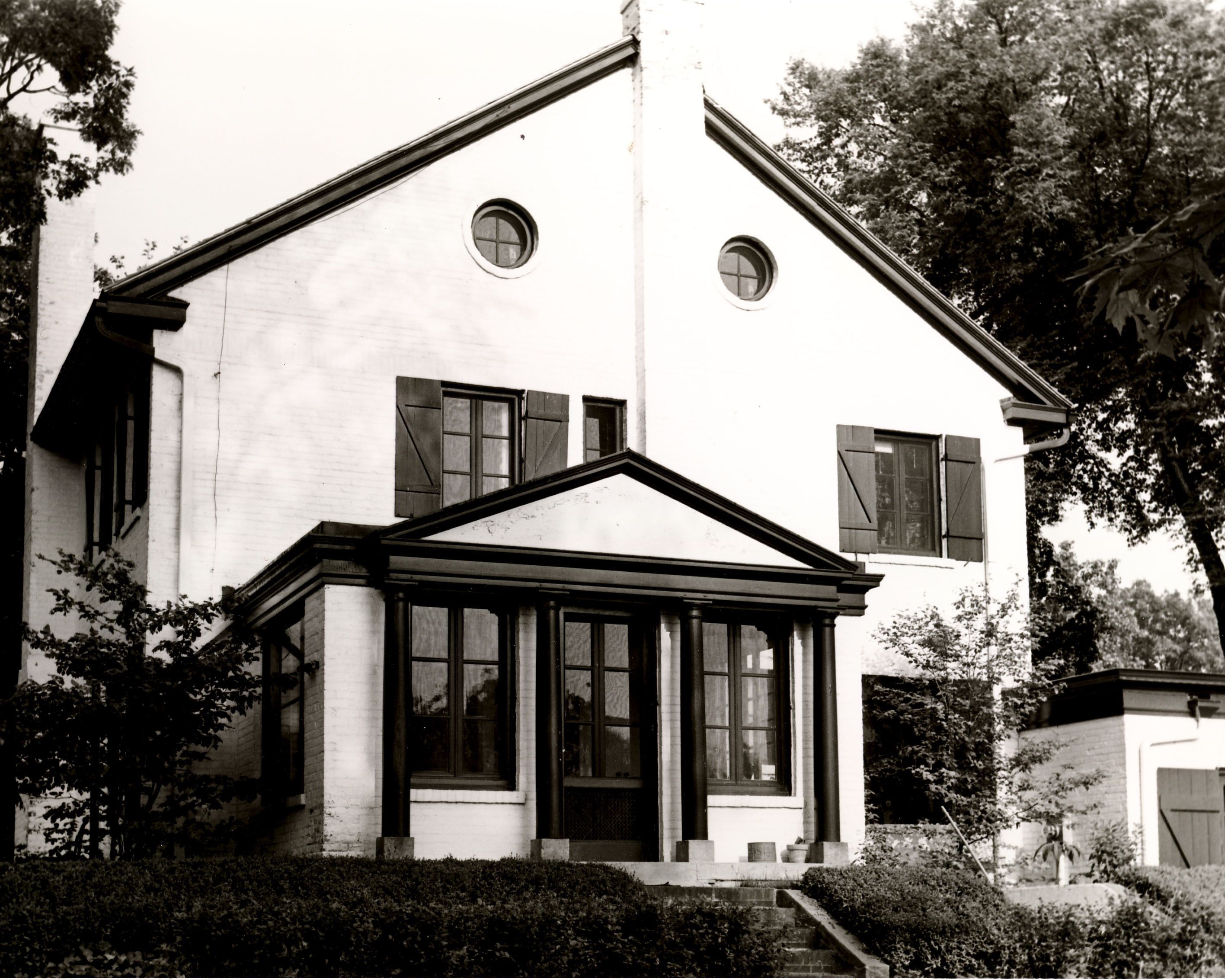
The only tournament ever played at Mill Road Farm came after Albert Lasker’s tenure. Upon receiving the estate from Lasker, the University of Chicago attempted to operate the golf course, opening it up for the 1940 Western Junior championship. The attempt was forestalled, though, by World War II. Several subdivisions later, Mill Road Farm now lives on as a memory.
